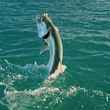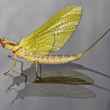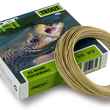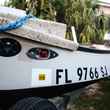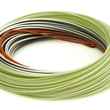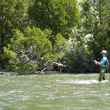I can remember traveling through the south in my early twenties and asking the clerk at a roadside gas station if the store sold bottled water, only to receive in return a perplexed gaze and the helpful advice that "Hon, water's free." And that wasn't all that long ago. Even though my sore back, stiff knees and injuries that linger far too long cause me to joke about being an old man, still a few year shy of 40, I'm really not particularly ancient. But even for someone my age, it's easy to remember when bottled water was a niche product, scarcely available and only in 1 gallon containers. It was the stuff you picked up at the supermarket before snowstorms or hurricanes, or maybe filled your bomb shelter with. It wasn't the thing you grabbed every time you stopped at a convenience store, or every time you hit the trail for a run. These days, bottled water is ubiquitous to say the least and the plastic that contains it and other beverages, forms our grocery bags and so on is causing some serous problems.
A new effort by Costa sunglasses is hoping to shed light on the issue, build awareness and get lots of us to kick the plastic habit. Costa has created a video to fuel its campaign, which shares these facts: each year over 200 billion plastic bottles are manufactured, 35 billion here in the U.S. Of that massive number of bottles, a whopping 10% end up in our oceans. That number goes a long way to explaining the 5 massive, floating garbage patches found in oceans around the world (which the video also discusses), some of which are twice as large as Texas.














